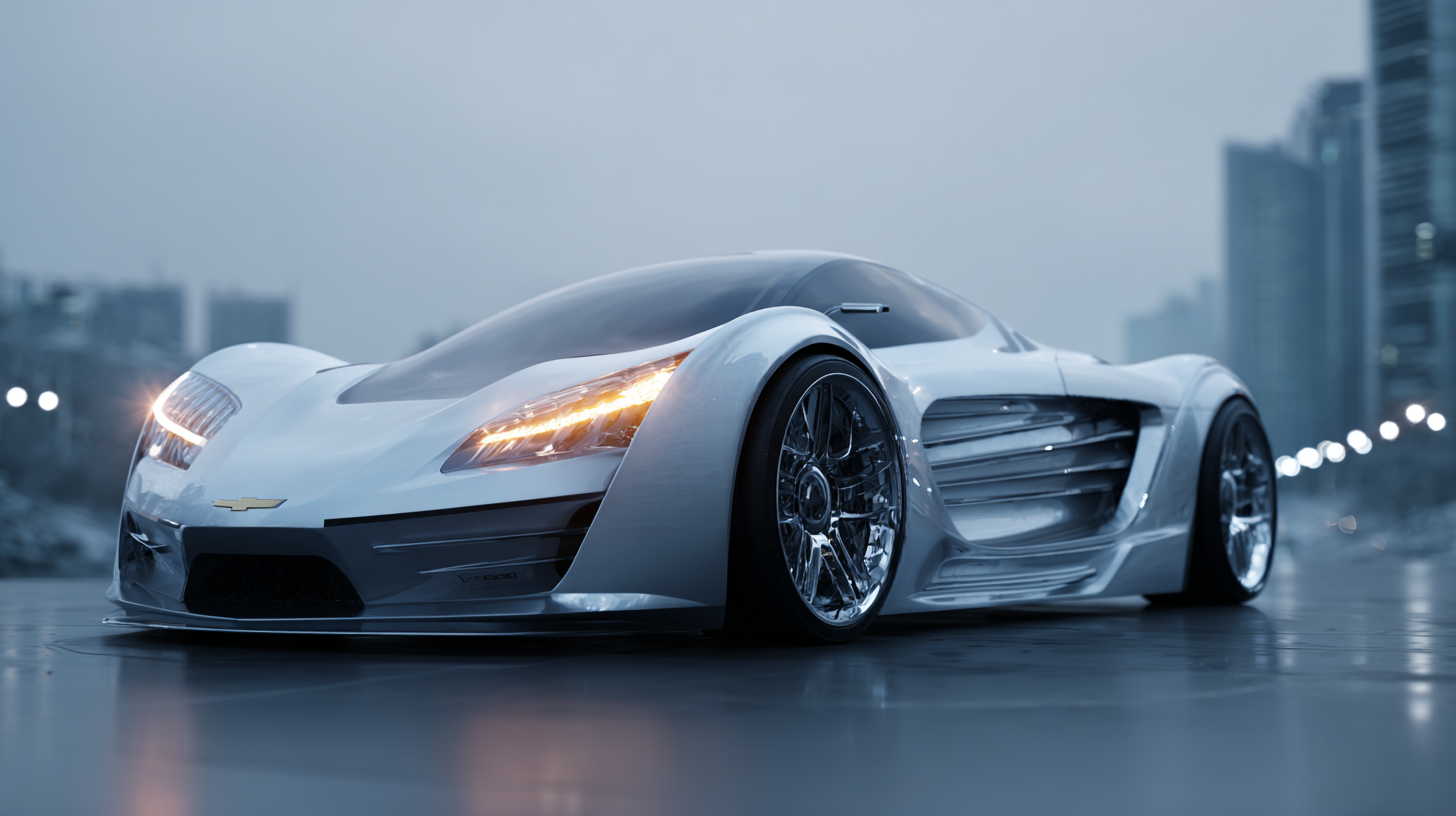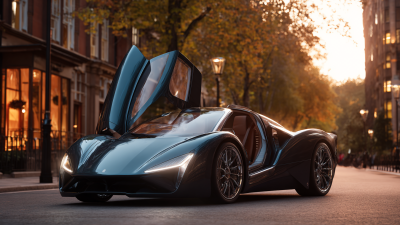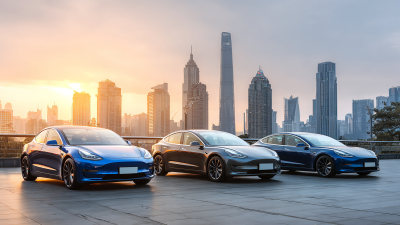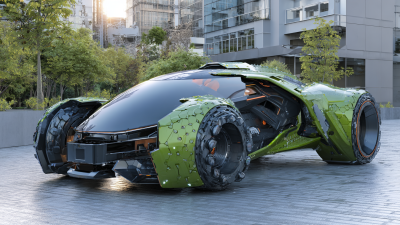Leave Your Message
The automotive industry is experiencing a significant transformation as electric technologies take the forefront in modern car design. According to the International Energy Agency (IEA), global electric vehicle (EV) sales reached a record 6.6 million units in 2021, representing a remarkable 9% of the total automotive market share, a figure projected to expand as manufacturers continue to innovate in eco-friendly solutions. Leveraging advancements in battery technology and integrated smart systems, modern cars are not only redefining efficiency but also enhancing safety and driving experiences. Reports from McKinsey & Company suggest that the shift towards electric mobility is expected to contribute over $1 trillion in revenue by 2030, illustrating the financial viability and consumer demand for sustainable transportation. As these technologies evolve, they are expected to integrate seamlessly with software-driven interfaces, further elevating the appeal and functionality of modern vehicles.
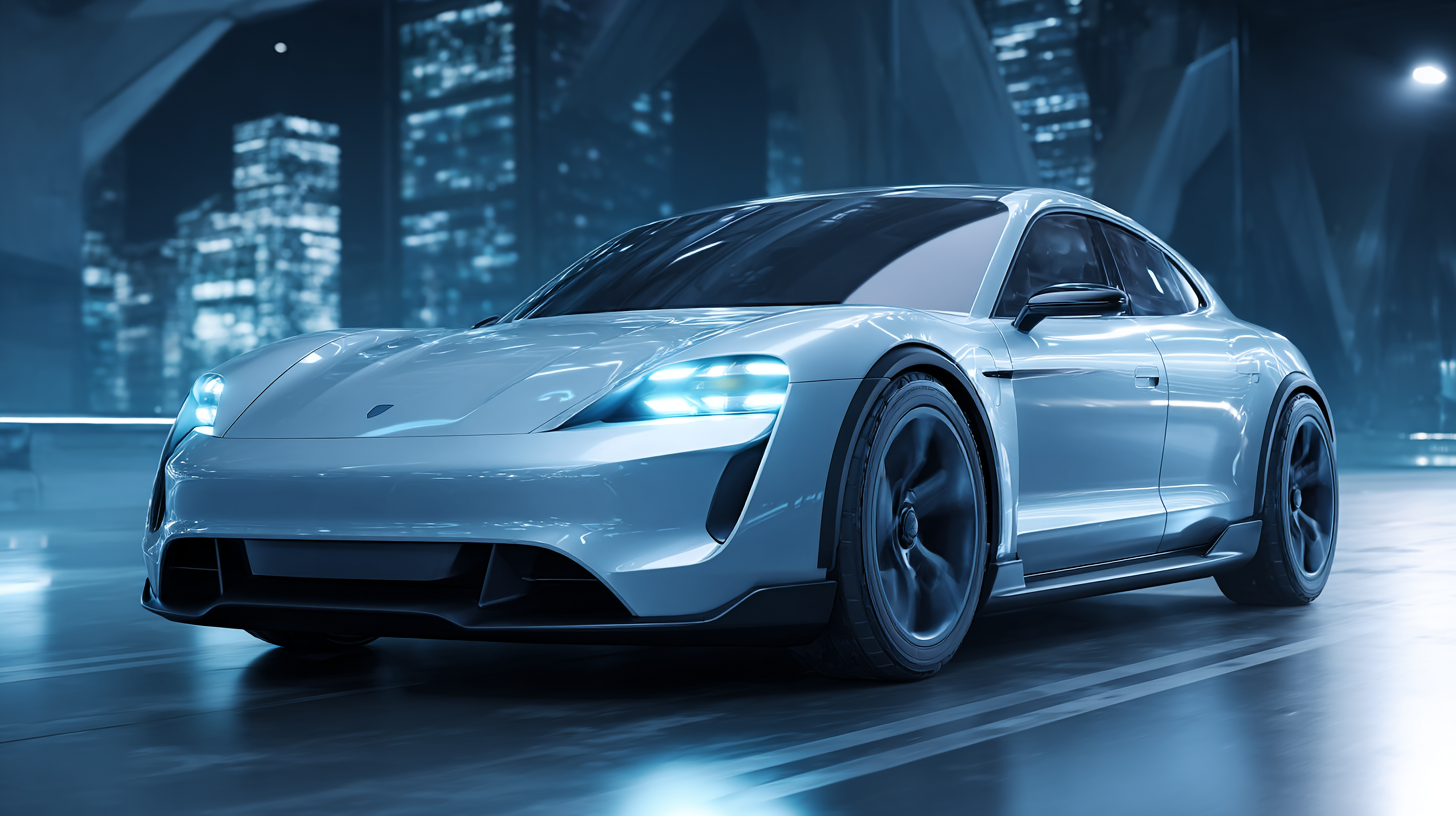
The architectural framework of electric vehicles (EVs) significantly differs from that of traditional gasoline-powered cars. Central to this design is the electric powertrain, which replaces the internal combustion engine with electric motors powered by large battery packs. This shift not only alters the vehicle's weight distribution but also enhances efficiency by reducing the number of moving parts.
The modular design of electric vehicle architecture allows manufacturers to easily adapt and scale components, fostering innovation in battery technology and electric motor efficiency.
Key components of electric vehicle architecture include the battery management system (BMS), which oversees the charging and discharging of the batteries to ensure optimal performance and longevity. Coupled with regenerative braking systems, these technologies enable EVs to recover energy that would otherwise be lost during deceleration. Additionally, the integration of advanced thermal management solutions helps maintain the temperature of the battery pack, improving safety and efficiency.
As electric vehicle technology evolves, the architecture continues to refine, promoting sustainability and paving the way for a new era of automotive design.
The automotive industry is experiencing a profound transformation driven by electric powertrains, a shift marked by innovative design advancements. According to a recent market analysis, the global electric vehicle (EV) powertrain market is projected to reach USD 100 billion by 2025, reflecting a compound annual growth rate (CAGR) of over 20%. This surge is particularly evident across various vehicle classifications, including two-wheelers, passenger cars, and commercial vehicles, with passenger cars, especially SUVs, leading the market with the highest share due to growing consumer demand for sustainable transportation options.
Innovations in electric powertrains are not limited to propulsion alone but extend to enhanced vehicle dynamics and efficiency. Companies are investing heavily in advanced technologies such as artificial intelligence (AI), 5G, and big data to create seamless, connected driving experiences. For instance, the development of hybrid composite rotors is enhancing the performance of electric drivetrains, while integrated thermal management solutions are optimizing vehicle efficiency and comfort. This multifaceted approach not only reduces carbon footprints but also aligns with the industry's broader goal of achieving low-carbon mobility in an increasingly digitalized environment.
The integration of sustainable materials in electric car design is increasingly recognized as a crucial factor in the automotive industry's shift toward environmental responsibility. According to a report by the International Council on Clean Transportation, the production of electric vehicles (EVs) could reduce greenhouse gas emissions by up to 70% when utilizing sustainable materials compared to traditional vehicles. This shift not only contributes to reducing environmental impact but also appeals to eco-conscious consumers who prioritize sustainability in their buying decisions.
Manufacturers are now exploring a variety of sustainable materials, such as recycled plastics, natural fibers, and bio-based composites, to replace traditional materials like steel and petroleum-based plastics. A recent study from McKinsey reveals that using sustainable materials could account for around 15% of the total weight savings in EVs, leading to improved energy efficiency and range. As car manufacturers innovate in sustainable material usage, we witness a significant trend towards creating lighter, more efficient electric vehicles that meet both performance and environmental standards.
The rise of electric technologies in car design has significantly transformed user experiences, particularly within electric vehicle interiors. As consumer demand for luxury, comfort, and smart technologies continues to surge, the automotive interior market is projected to grow, with estimates indicating a substantial expansion driven by these trends. For instance, the Saudi Arabian automotive interior market is poised for growth, further emphasizing the shift towards sophisticated cabin environments that enhance user interactions.
Recent upgrades in electric vehicle models reveal a commitment to elevating user experiences. Notably, various manufacturers are implementing significant tech enhancements in their latest vehicles, focusing on intuitive design and user-friendly interfaces. For example, one brand's crossover is set to reintroduce physical buttons alongside a revamped interior, catering to user preferences for tactile controls. Additionally, features like energy-efficient LED lighting and upgraded seating solutions are becoming standard, demonstrating a holistic approach to vehicle interiors focused on comfort and functionality.
**Tips:** When considering an electric vehicle, pay attention to the interior technology and user interface, as these features play a crucial role in enhancing the overall driving experience. Look for models that offer customization options, allowing you to tailor the cabin to your personal preferences. Always keep an eye on trends in automotive design, as the continuous advancements in electric technologies can significantly impact your driving comfort and satisfaction.
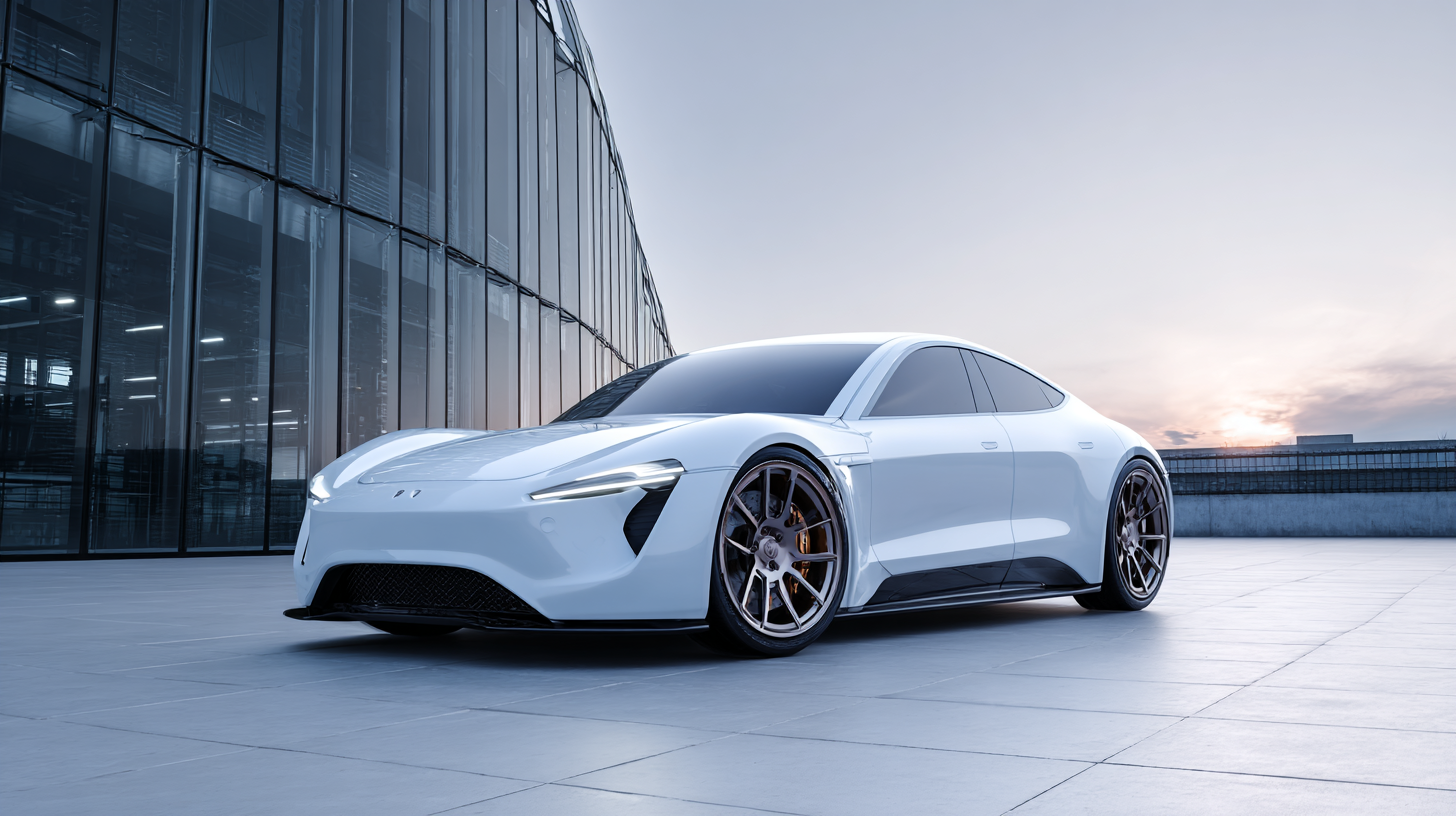
The electric vehicle (EV) market has experienced a significant transformation influenced by a myriad of regulatory frameworks aimed at reducing emissions and promoting sustainability. Governments worldwide are implementing stricter standards for fuel economy and greenhouse gas emissions, compelling automakers to innovate in their design processes. For example, legislation in the European Union targets a drastic reduction in CO2 emissions, which has led to investments in battery technologies and more efficient electric powertrains.
These regulatory influences have catalyzed the development of advanced electric technologies, shaping design trends that prioritize not only performance but also environmental responsibility. Features such as lightweight materials and aerodynamic shapes are increasingly adopted to enhance energy efficiency without compromising safety. Moreover, incentives like tax breaks and grants for EV manufacturers further stimulate investment in research and development, fostering an environment where cutting-edge electric technologies can flourish. This alignment between policy objectives and automotive design has paved the way for a new era in transportation, one that emphasizes sustainability while meeting consumer demands for innovative, modern vehicles.
